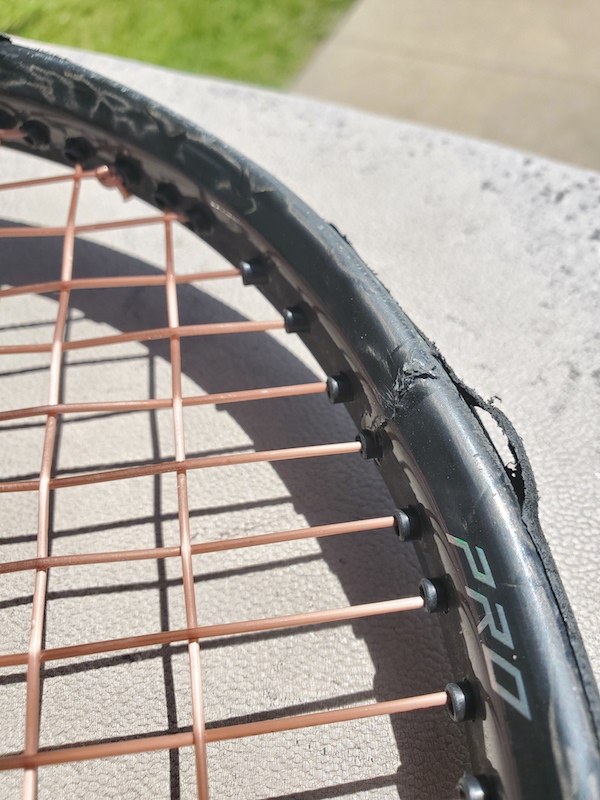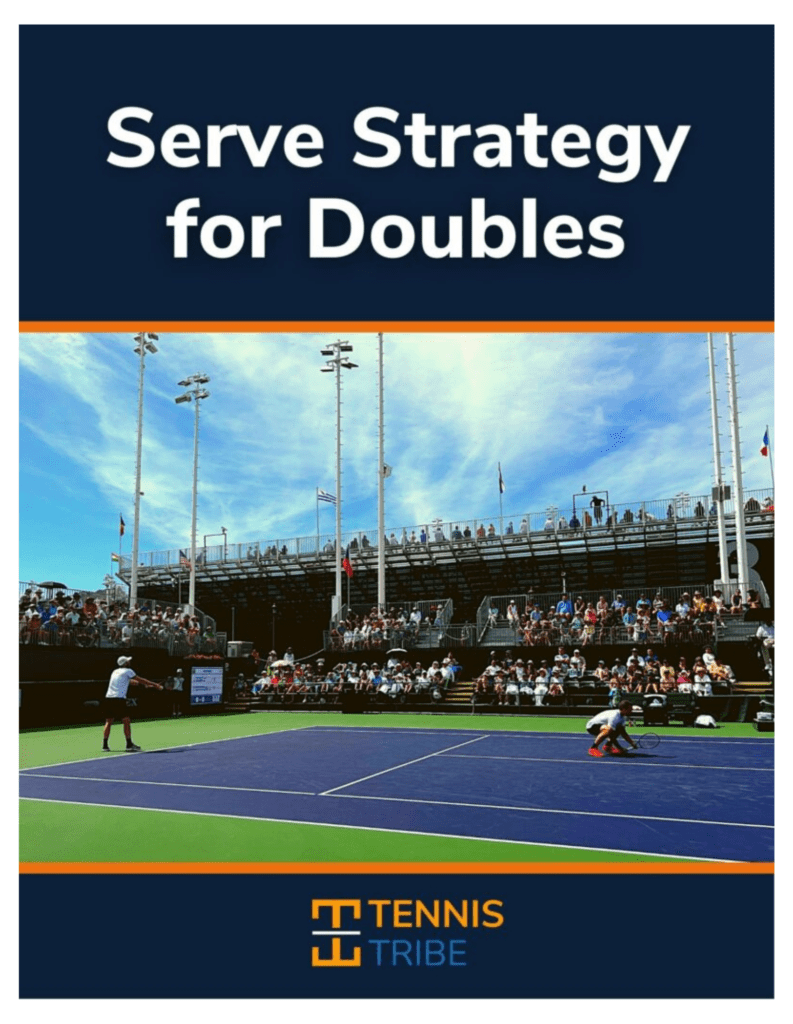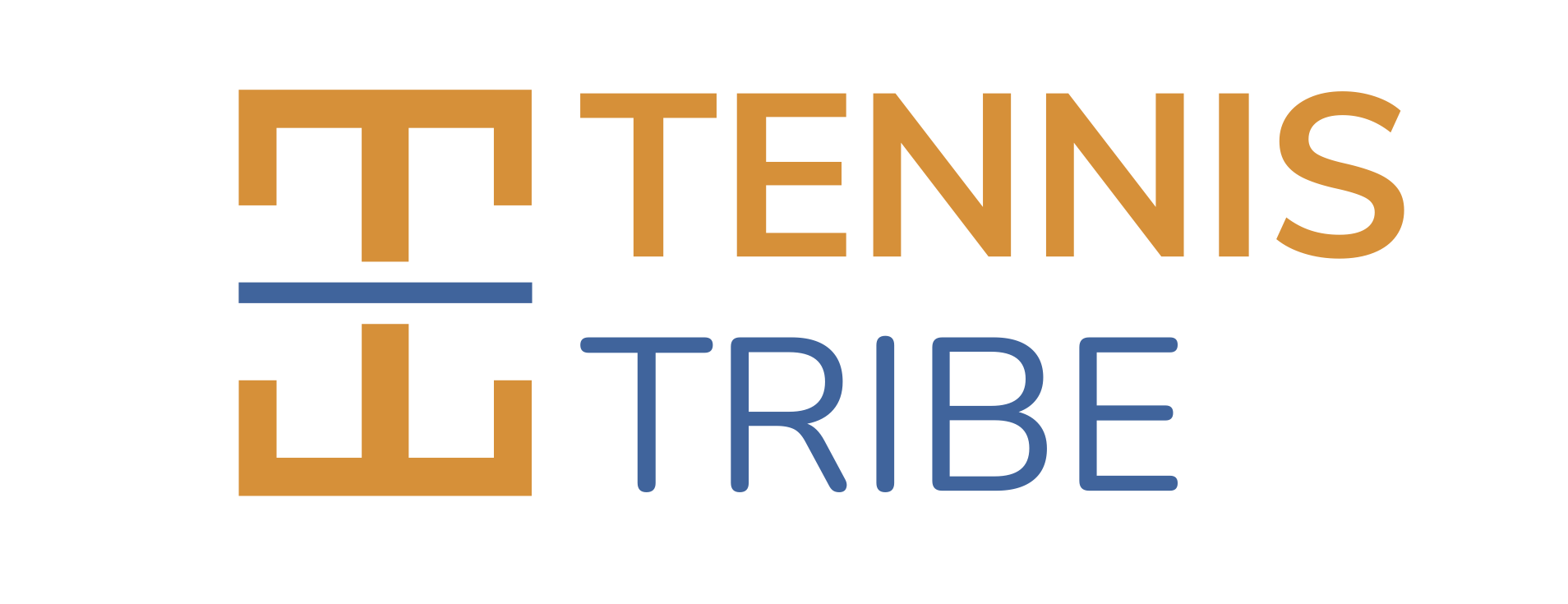Find out how one adjustment on my serve helped me beat a player I always struggled to win against. I’ll show you my thought process behind each decision I made that lead me to this new, winning serve strategy.
Then I’ll discuss another match I played recently where I cracked my racquet. My partner and I got demolished 6-0, 6-2. In this case, I had been on vacation for two weeks previously and only had one week to prepare. Needless to say, I didn’t prepare properly. I’ll talk about what went wrong, and what I would do differently next time.


This 55-page Ebook includes EVERYTHING you need to know
Serve Tactics Guaranteed to Make Holding Serve Easy
Learn to hide your weaknesses, force return errors, and create game plans with your doubles partner to hold serve more often.
Interview Notes from this Podcast
*To help support The Tennis Tribe & provide more free content like this, we may earn a percentage of purchases through the links below. See our affiliate page for more info.
- Previous strategy episode: 3 Doubles Strategy Stories from Real Matches
- Learn the variables to adjust in episode 14: Creating a Gameplan & Making In-Match Adjustments
- Interview with Jorge Capestany
- The Cuban Davis Cup Drill maximizes touches from the net & baseline.
- The Romanian Davis Cup Drill helps with volleys.
- Interview with Steve Smith
- The Shadow Doubles Drill will help you win the crosscourt battle in doubles.

Great content. Thanks.
Thanks Sam! hope it helps you on the court 😉
Will,
Thanks for the latest podcast. I was especially interested in your serve adjustments to the returner who crowded the box, as it reminded me of a match I played this weekend. However, I was the box crowder on the receiving end of someone who served a high, deep bouncer into my body.
Like your opponent, I like to crowd the box, take the serve early, and return deep. My initial approach, as the deuce returner, was to shuffle left and hit a high forehand crosscourt. Unfortunately for me, my opponent’s serve, in addition to bouncing high, also seemed to slide right, which I did not expect – I do not even know what one calls such a serve. I repeatedly found myself reaching to return which resulted in a very ugly collection of miss hits and frame shots. Ugh!
I thought, maybe I could try to take the ball even earlier. Nope – I whiffed.
My only option was to retreat to the baseline, and I did. I surrendered space and time, but at least I was able to put the ball back in play. We still lost, but 6-4 in the second, instead of 6-1 in the first.
I suppose mine is more of a return adjustment story, but one that validates your serve adjustment – It is truly difficult to crowd a deep high bouncing serve.
Great points Mason and it sounds like you made the right adjustments. When facing players who have a big kick serve, you’ll always have to either step in or step back. No way to know which is best without testing each one out 🙂
Thanks for the comment!